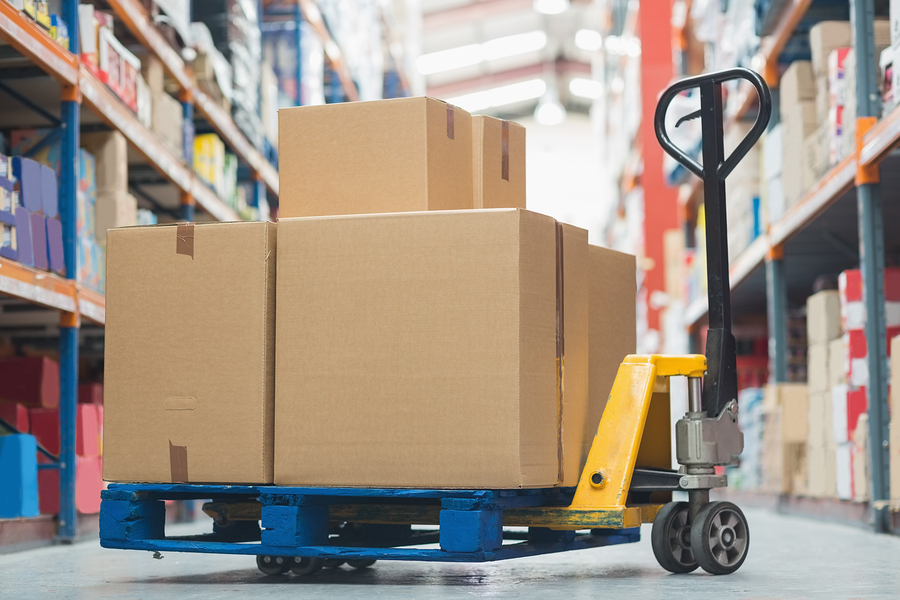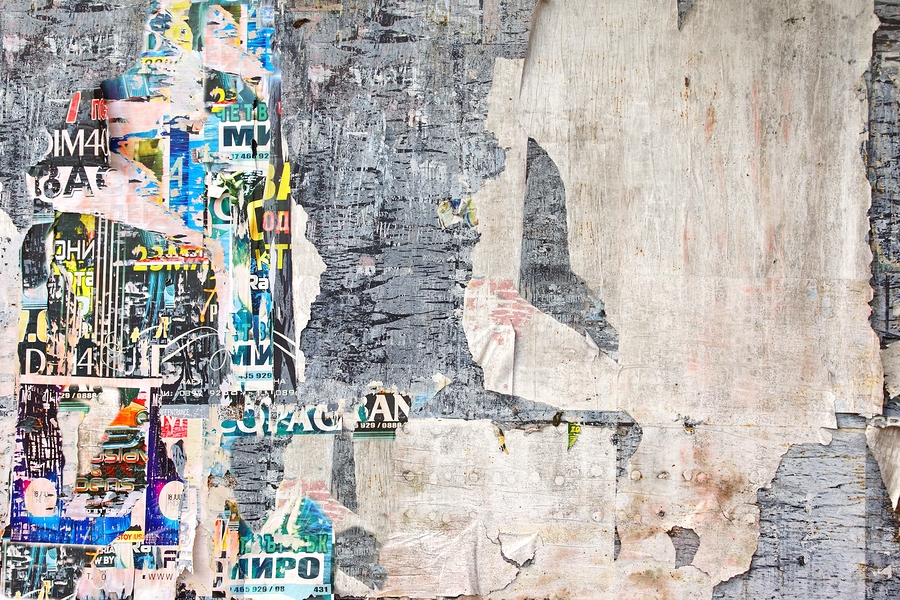There seem to be endless articles about running an upcycling business, but very few telling you how to benefit from upcycling in a normal business – something that can help you live up to your green credentials while making direct cost savings too.
Upcycling is about doing more with materials that might previously have been treated as waste, for example the toiletries brand Aveda, who recycle their glass packaging into a unique line of eco-friendly jewellery.
Here are three more ways to upcycle in business, and we’ve tried to choose ideas with the broadest reach, so no matter what type of industry you’re in, there should be something you can do to go green, clean and super-lean.
1. Storms in a (Styrofoam) teacup

If your business gets through a lot of Styrofoam, plastic or paper tea and coffee cups, especially if they’re white, rinse and dry them and start fixing them together to make undulating clouds.
This is an idea dating back to 2003 and the artist Tara Donovan’s work Untitled (Styrofoam cups), which occupies the ceiling of an entire room.
While it’s not going to make your business a profit, it’s a great way to use Styrofoam cups which might otherwise be difficult to recycle or dispose of.
And as your ‘clouds’ take shape, they should be light enough to fix to any standard office ceiling, for a more interesting effect than the usual acoustic ceiling tiles.
It can also be linked into several common approaches to business psychology, from blue-sky thinking, to conducting business ‘in the cloud’, so it’s the perfect way to give your staff a visual reminder.
2. Think outside the box

Packaging is the bane of many businesses’ existence, a seemingly endless mountain of cardboard that takes up valuable storage space and costs money to have collected.
So why not put it to good use? Corrugated boxes can be surprisingly durable even over the long term, and if you’re already receiving them anyway as packaging on deliveries, they’re effectively a free resource.
They also tend to come in useful sizes – for example, a box that once held reams of new paper should be ideal for storing A4 printed documents, notes and files – so you can save on your stationery budget by not buying filing boxes at retail prices.
Nobody’s expecting you to devote company time to craft sessions, but it doesn’t take much to cover bare cardboard with spray paints, or glued-on fabric or magazine pages, to brighten up old boxes.
You may even find you have packaging boxes that fit on to your office shelving units, transforming them from open shelves into organised filing systems.
3. Big and small on the wall

Don’t waste old marketing materials – you’ve invested in your brand, so why not hang on to them and keep in touch with your company’s heritage?
Posters, brochures, and even small items like letterheads and business cards can be added to an ever-growing collage that unifies your company history into a single work of art.
Keep adding to it and you’ll be left with a tangible timeline of your business achievements, a much more interesting office wall, and a lot fewer old catalogues to dispose of.
